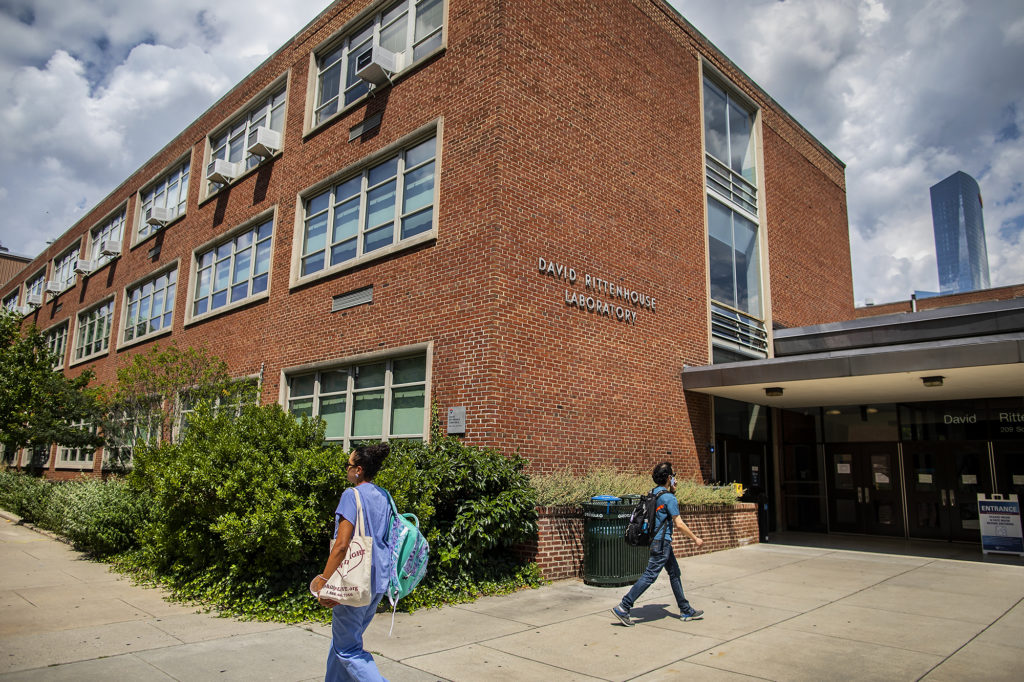
Researchers at Penn play a key role in the fundamental science that supports ground-breaking discoveries. Highlights of Penn’s achievements in the fields of physics, astronomy, and mathematics include Eugene Mele and Charles Kane’s 2019 Breakthrough Prize in Fundamental Physics. Their theories inspired a new generation of physics research, progress in mapping dark energy and dark matter, developing new materials for quantum information science, building new telescopes for looking at the “afterglow” of the Big Bang, and advances in geometry, string theory, and particle physics made possible through interdisciplinary research.
To support essential infrastructure that will enable the next generation of research and discovery in these fields, Penn has committed to updating its physical science research infrastructure as part of a $750 million investment in science, engineering, and medicine. The result of this and other ongoing projects will be a modernized physical sciences quadrant that integrates state-of-the-art research in physics, mathematics, chemistry, and engineering by optimizing interactions and cross-disciplinary collaborations.
“A strong physical science foundation has been key to Penn’s success in building a thriving innovation ecosystem,” says President Amy Gutmann. “We took steps early on to ensure our researchers had infrastructure that was on the cutting edge of science, firmly establishing Penn as a leader in innovation. Our newest investment dramatically expands these efforts, paving the way to even greater discoveries and impact well into the future.”
An expanded, updated campus for the physical sciences
Led by the School of Arts & Sciences, the new Physical Sciences Building will feature state-of-the-art research facilities, hands-on teaching laboratories, and modernized classroom spaces. This new building will be essential not only for ensuring that laboratories and research spaces are optimized for frontier research in physics, says Dawn Bonnell, senior vice provost for Research, it will also accommodate the University’s growth into emerging areas of study. “This building will enable experimentalists and theorists to collaborate in proximate spaces and will also allow scientists and engineers to converge on multidisciplinary projects,” says Bonnell.
Read the full story at Penn Today.
